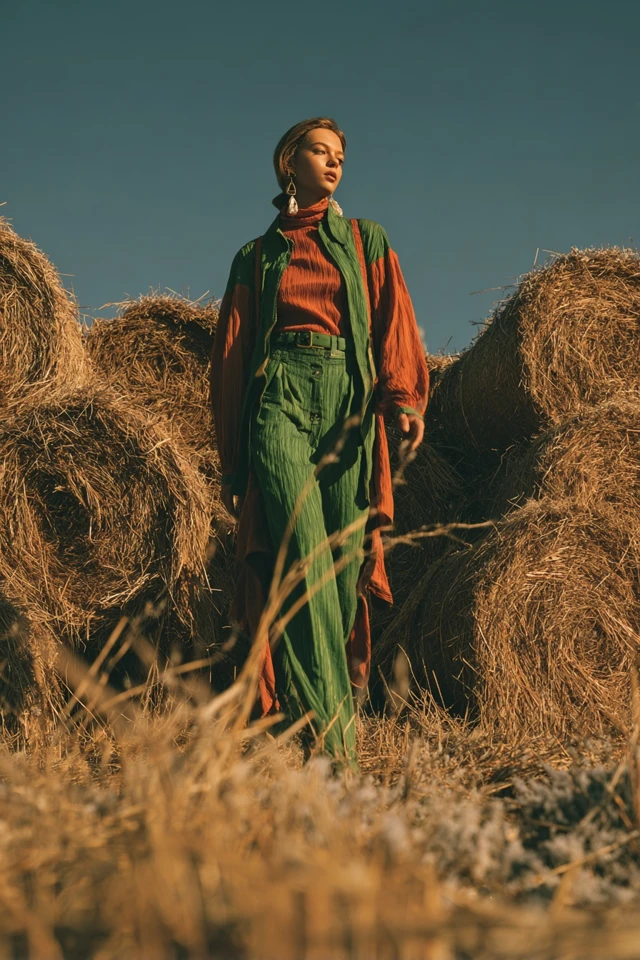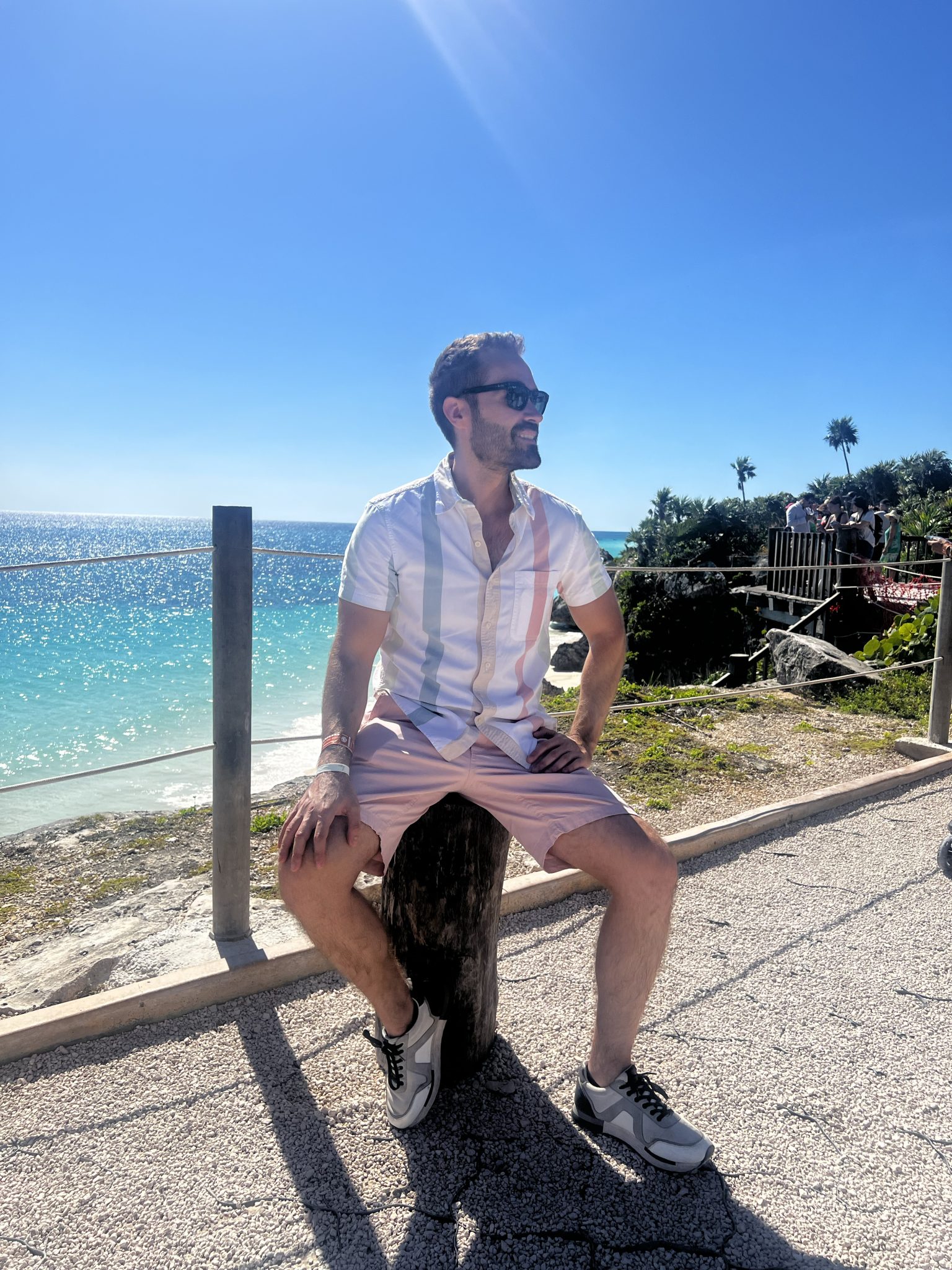Introduction
I still remember the crisp autumn afternoon when I first embraced retro-inspired dressing for fall. The way the golden leaves scattered across the sidewalk seemed to echo the warm hues of my vintage mustard cardigan, instantly making me feel connected to both the season and a timeless elegance. That moment wasn’t just about looking good—it was a deeply personal experience of style shaping confidence and mood in the richer tapestry of life.
Fall, with its palette of burnt sienna, deep rust, and muted olive, invites us to revisit the past while forging a fresh identity. Retro fashion draws on decades of style evolution, blending nostalgia with modern flair. This curated dressing guide explores how retro aesthetics can transform your autumn wardrobe, tapping into the psychological impact of color and form.
About the Author and My Trend Boutique
Why does this matter? In a world saturated with fleeting trends, cultivating a curated retro fall wardrobe is more than a sartorial choice—it’s a form of self-expression and empowerment. Drawing from my training in fashion design and color psychology, I’ll share how understanding fabric, cut, and color can elevate your style, boost your confidence, and leave lasting impressions.
Foundational Concepts
Before diving into the specifics of retro fall dressing, it’s essential to understand a few key concepts that underpin successful style curation. These foundational ideas shape not only how we dress but also how others perceive us.
Color Psychology
Color psychology studies how hues influence human emotion and behavior. This science explains why some colors evoke calmness while others energize or create warmth. For example, warm autumnal tones such as rust, mustard, and deep green not only harmonize with fall landscapes but also stimulate feelings of comfort and confidence. Incorporating these colors into your wardrobe can subtly communicate approachability and creativity.
Trend Forecasting
Trend forecasting involves predicting upcoming fashion directions by analyzing sociocultural shifts, consumer behavior, and runway movements. Understanding trends helps create a wardrobe that feels current but isn’t disposable. For retro dressing, trend forecasting identifies which vintage elements are gaining renewed attention, allowing you to blend nostalgia with fresh appeal effectively.
Dressing to Impress
Dressing to impress transcends occasion dressing; it reflects dressing with intentionality—choosing pieces that empower your goals and personality. It involves aligning fabric choices, silhouettes, and color palettes to not just attract compliments but reinforce confidence internally. When paired with retro styles, this mindset elevates your overall presence while maintaining authenticity.
For example, consider the classic A-line dress or a tailored pea coat. They aren’t just garments; they are strategic style tools that communicate polish and self-assurance.
Picture Gallery
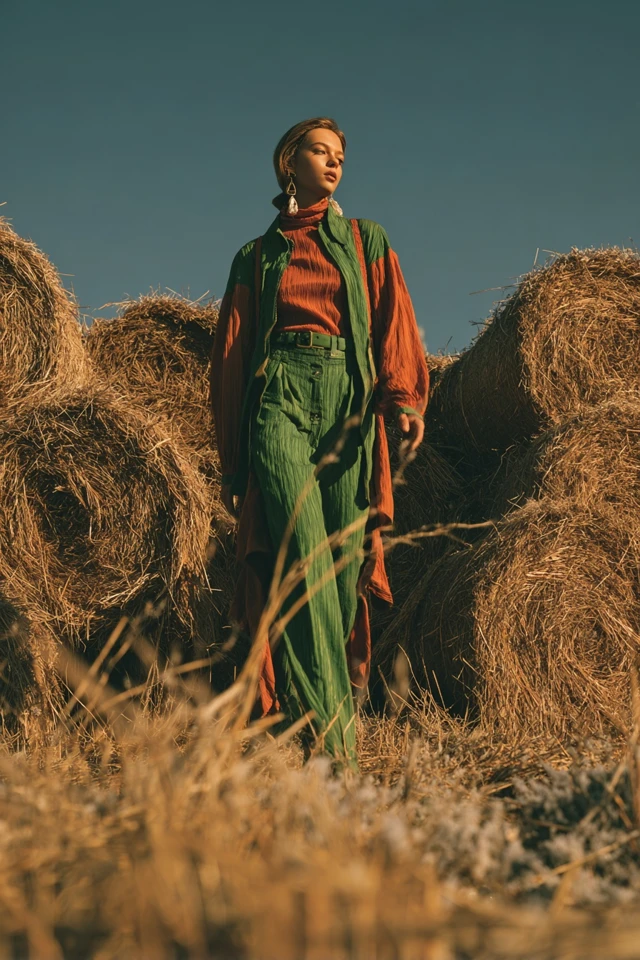
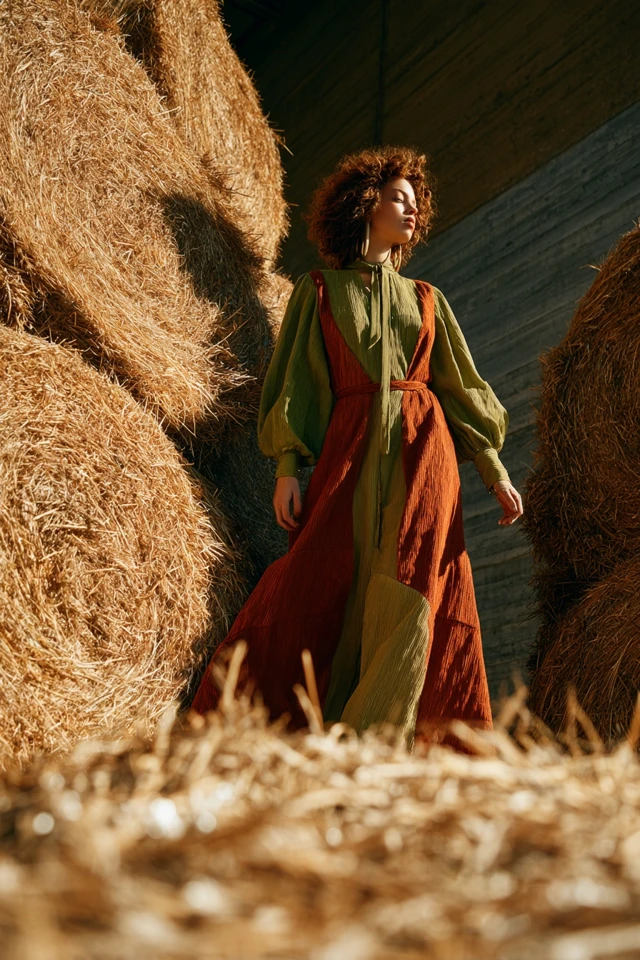
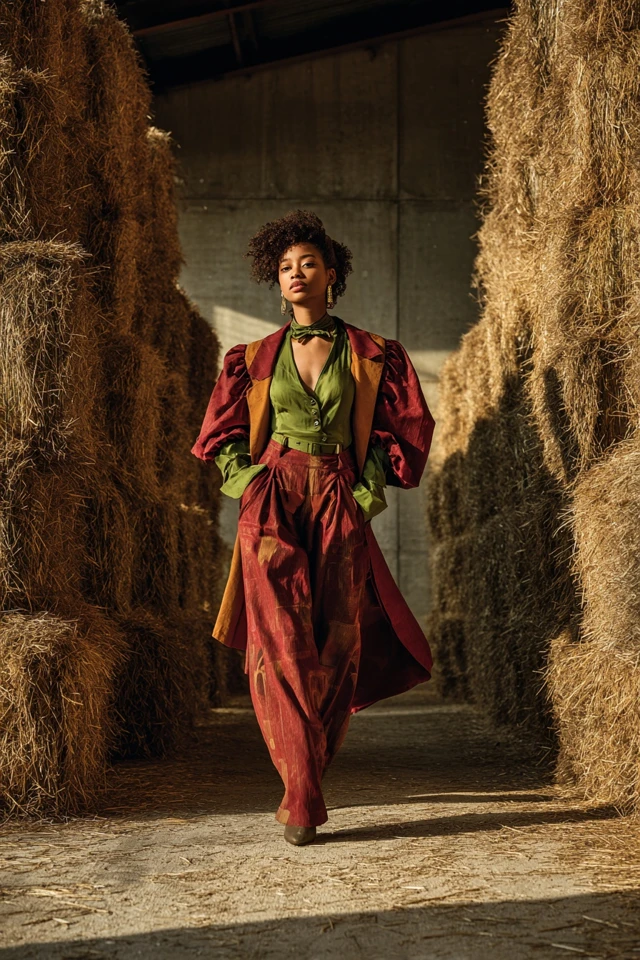
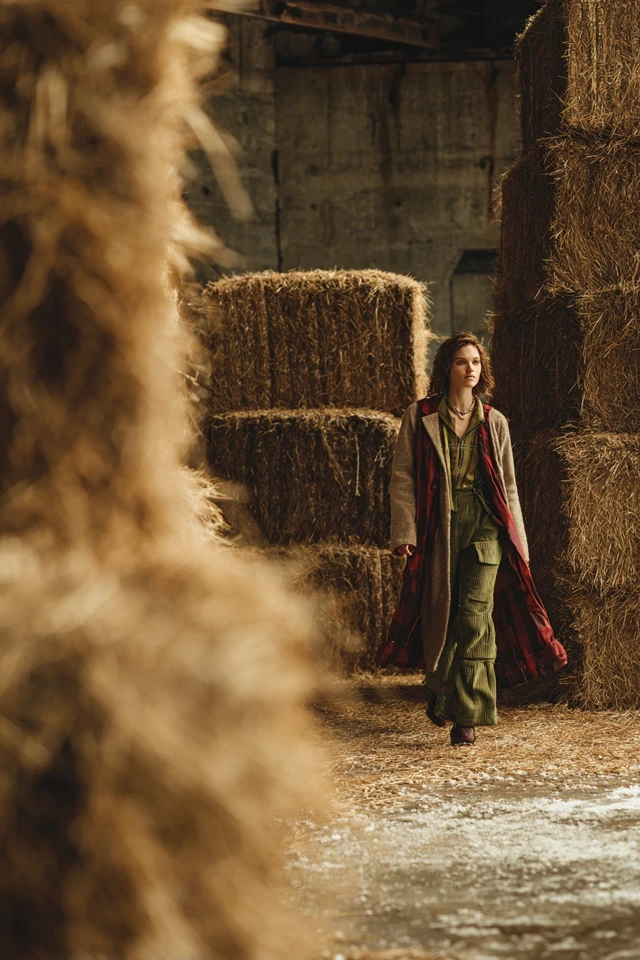
Color Psychology & Emotional Impact
The impact of color on mood and perception is profound, especially when dressing for the fall season. Warm hues like burnt orange, maroon, and caramel have been shown to evoke warmth, security, and optimism—crucial emotional states as daylight wanes and temperatures drop. Scientific studies confirm that first impressions are significantly influenced by color; a study from the Journal of Experimental Psychology noted that clothing colors can sway perceptions of competence, trustworthiness, and attractiveness.
Consider how a retro-inspired mustard yellow sweater can brighten not only your appearance but also your inner emotional state. These colors have a way of reinforcing positive feedback loops, where feeling good empowers posture, smile, and overall demeanor.
Moreover, integrating cooler retro tones like teal or deep navy provides balance, communicating professionalism and calmness. Using color swatches as visual aids can help readers experiment with palettes that reflect their unique personalities while complementing the fall environment.
Personal Style & Body Type Considerations
Every body and complexion tell a different story, and retro dressing celebrates these differences by offering diverse silhouettes, fabrics, and color pairings. Understanding what works best for your body type and skin tone enhances both comfort and style.
Silhouettes & Fabrics
- Hourglass: Embrace fitted waists and structured shapes like high-waisted trousers and wrap dresses to highlight your natural curves. Fabrics with a bit of stretch, such as ponte knit, provide ease without losing form.
- Apple: Look for pieces that elongate the torso and bring attention to legs, such as A-line skirts and bootcut jeans. Lightweight layering and draping fabrics like silk create a flattering silhouette.
- Pear: Balance wider hips with fuller tops or statement shoulder details. Fabrics like soft wool and corduroy add vintage texture without bulk.
- Rectangle: Build curves with peplum tops and puff sleeve blouses. Layering textured fabrics such as tweed or boucle adds dimension.
Hues for Complexions
- Warm undertones: Tend to shine in earthy retro colors like burnt sienna, olive, and goldenrod.
- Cool undertones: Are enhanced by jewel tones typical of the ‘60s and ‘70s, including teal, plum, and navy.
- Neutral undertones: Enjoy flexibility across both warm and cool palettes but benefit from muted or dusty versions of classic retro colors.
Quick Style Self-Assessment Quiz
- Do you prefer fitted or flowy garments?
- Which colors naturally draw compliments on you?
- What feels most comfortable: textured fabrics like tweed or smooth cotton blends?
- Are you looking to highlight specific features or balance proportions?
Answering these questions helps refine your retro fall dressing strategy with intentionality and joy.
Current Trends & Timeless Classics
The beauty of retro fall dressing lies in its seamless blend of contemporary trends and enduring classics. Today’s style landscape embraces maximalism and nostalgia hand in hand, with renewed interest in ’70s-inspired wide-leg trousers, psychedelic prints, and cozy knitwear paired with modern minimalism.
Trending colors include warm cognac, muted terracotta, and soft avocado green. These shades harmonize perfectly with timeless items like leather moto jackets, midi skirts, and plaid scarves—garments that never truly fade from style.
The key to mastering retro fall fashion is pairing one or two statement retro pieces with foundational wardrobe essentials. For instance, a vintage floral blouse can be worn with classic high-waisted jeans, and layered beneath a sleek trench coat to balance retro flair with contemporary sensibility.
Investing in versatile staples such as a camel wool coat or polished ankle boots ensures your wardrobe maintains longevity while allowing you to inject personality through trend-forward accents. This strategic layering of past and present enhances your sartorial narrative, making your style both fresh and cultivated.
Practical Tips & Recommendations
Transforming your wardrobe starts with actionable steps that reflect your lifestyle and budget.
- Shopping: Visit thrift stores and vintage boutiques to find unique retro pieces. Always check fabric quality and fit. Don’t hesitate to tailor items to suit your body shape perfectly.
- Wardrobe Maintenance: Preserve delicate fabrics like wool and velvet by storing them properly and using gentle detergents. Rotate seasonal pieces to minimize wear.
- Layering: Experiment with layering lightweight turtlenecks under pinafore dresses or chunky cardigans over silk blouses. This not only adds depth but adapts your outfit to fluctuating fall temperatures.
- Accessories: Incorporate retro elements through accessories—think oversized tortoiseshell glasses, leather belts with vintage buckles, or silk scarves tied around the neck or hair.
- Color Combos: Try pairing complementary warm tones, such as burnt orange with navy or mustard yellow with deep plum, to create visually appealing contrasts that enhance complexion and mood.
These practical tips are designed to make your retro fall dressing journey enjoyable and sustainable.
FAQs
- Q: How do I find my signature color in retro fall fashion?
A: Consider your skin undertone and emotional response to colors. Experiment with warm autumnal palettes like rust, olive, or mustard. Note which hues consistently earn compliments or boost your confidence.
- Q: What are affordable ways to update my fall wardrobe with retro styles?
A: Thrift shops, online vintage marketplaces, and clothing swaps provide budget-friendly options. Focus on a few statement pieces and mix them with your existing wardrobe.
- Q: How can I build a capsule wardrobe with a retro fall theme?
A: Select versatile classics like a beige trench coat, high-waisted jeans, and solid-colored knitwear. Add seasonal retro accents such as printed scarves and tartan skirts.
- Q: Are there any colors to avoid in retro styling for fall?
A: While personal preference supersedes rules, overly bright neon colors typically clash with the warm, muted palette of fall retro aesthetics. If in doubt, opt for more earthy or dusty tones.
- Q: How do I incorporate retro trends without looking costume-like?
A: Balance is key. Pair one or two vintage-inspired pieces with modern staples and keep your accessories subtle. Focus on fit and fabric quality over excessive embellishments.
Conclusion
Dressing retro for fall offers a rich opportunity to connect with history, colors, and fashions that evoke warmth and confidence. By understanding color psychology, body type considerations, and blending trends with timeless classics, you can curate a wardrobe that truly reflects your individuality and uplifts your spirit.
Remember, fashion is a form of storytelling—let your fall outfits narrate yours with thoughtful choices that excite and empower. Embrace experimentation with colors and textures, trust your instincts, and enjoy the creative journey.
I invite you to share your retro styling successes or challenges in the comments below, exchange ideas with fellow readers, and subscribe for more insights into fashion, style, and color psychology.

